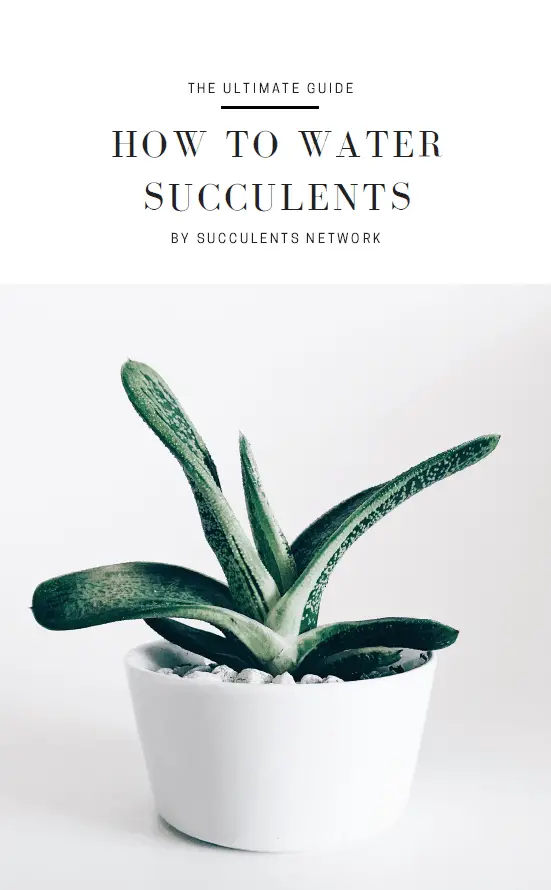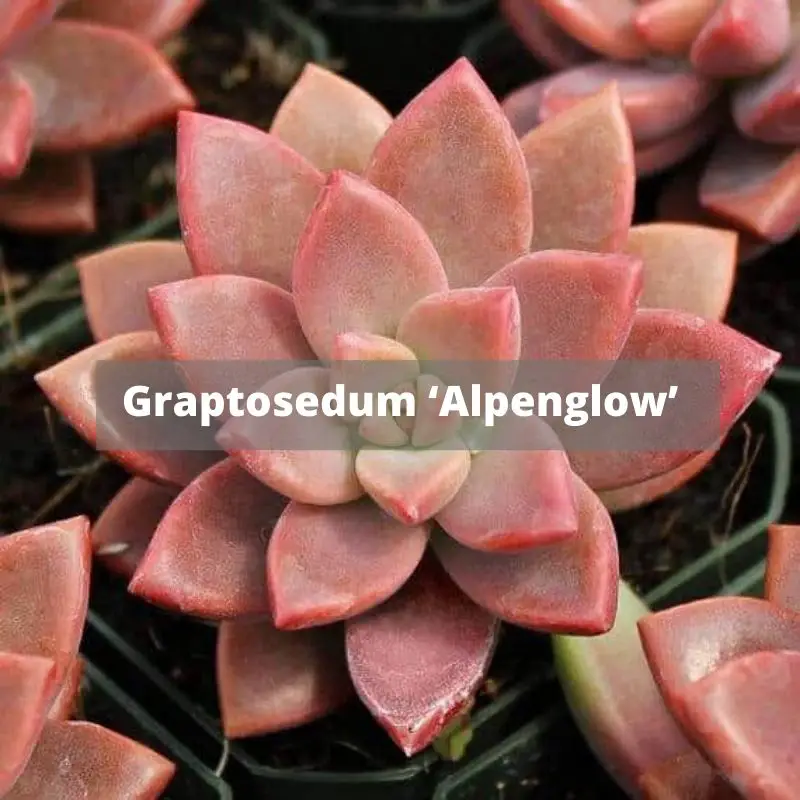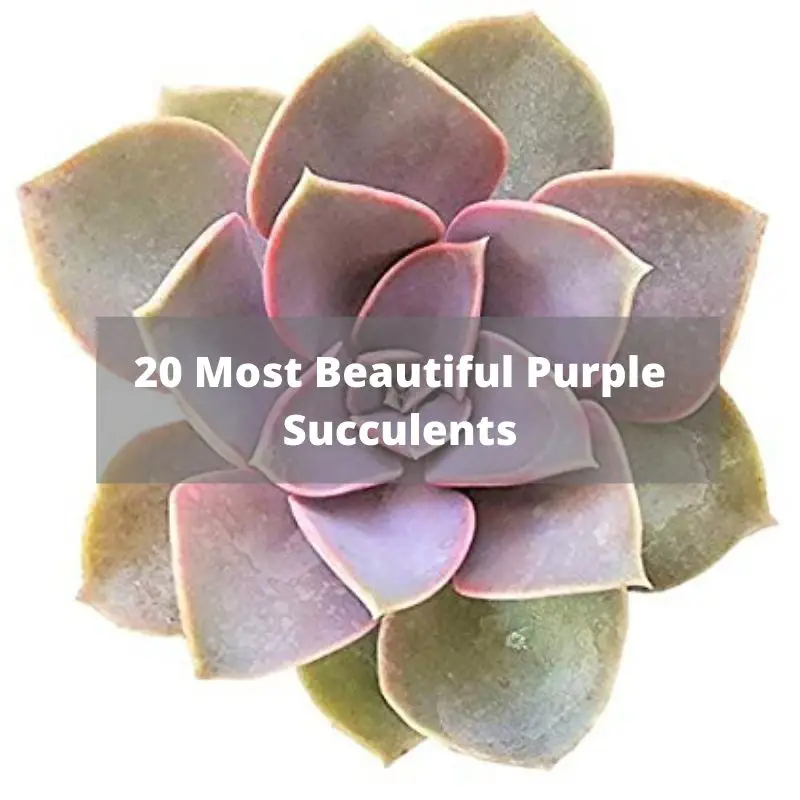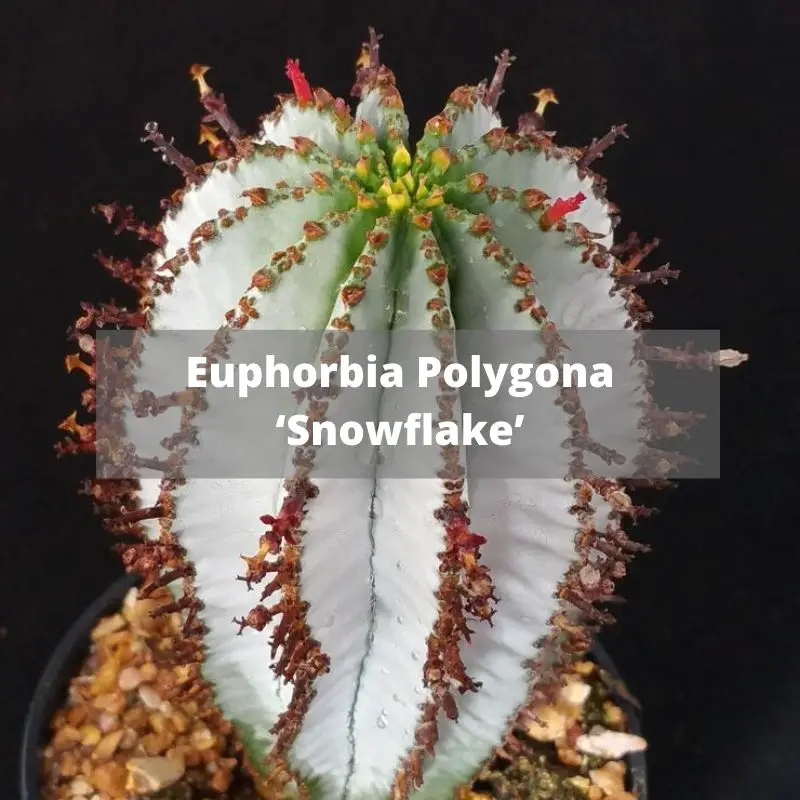Houseplants are an essential addition to a home due to their role in livening the house. However, when purchasing these houseplants, you have a chance of getting a plant that can be categorized as a succulent or an air plant. Some people have been mistaking air plants for succulents due to their resemblance, in the sense that both have decorative powers that add a natural spice to the home decor design. Succulents are usually a very diverse group of plants that have a common theme of storing water in their stems and leaves. Air plant succulents are a great choice for someone who is bad with plants but wishes to beautify his home or garden. These are an incredibly wide range of plants with versatility and an ability to grow without soil. Therefore, you can plant the air plants to create living wreaths, vertical gardens, fairy homes, and terrarium.
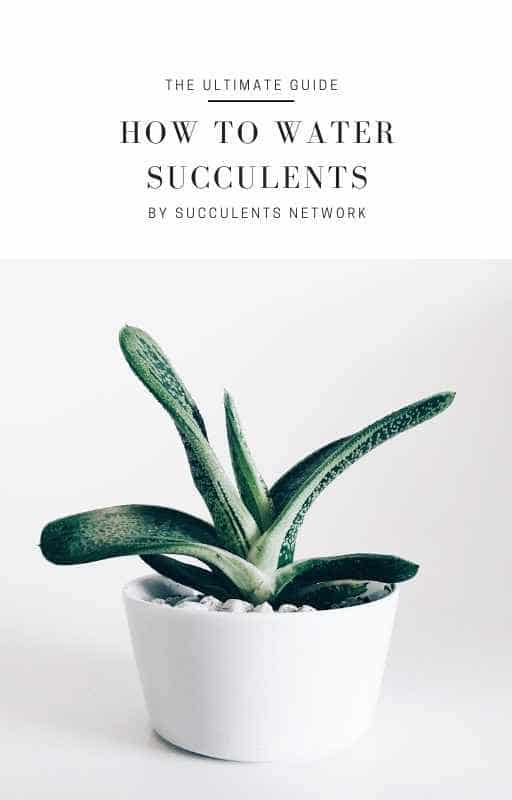
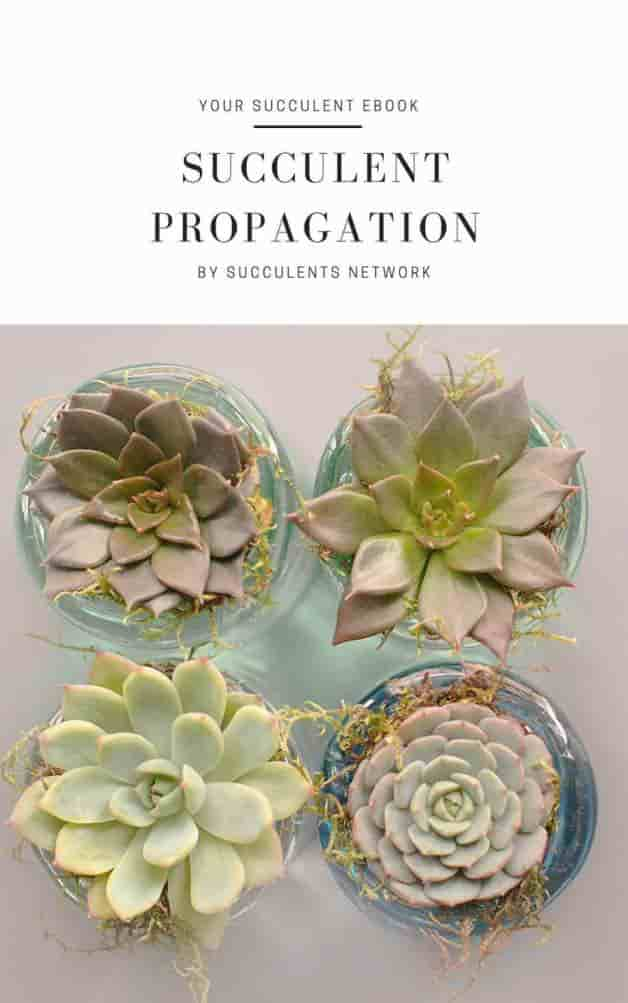
There is a difference between air plants and succulents. The most basic difference is that air plants get most of their nutrients from the air while succulents get from the soil. Air plants are unique garden plants because they do not need soil to grow. These succulents thrive on a branch of driftwood provided there is enough moisture, temperature, and humidity. When it comes to indoor care of plants, air plants are supposed to be the easiest to maintain since they do not need soil. However, some people have problems maintaining the air plant succulents due to a lack of information and knowledge. Most people lack the expertise and time required to care for these houseplants despite being lovers of nature. Here are some of the ways that you can plan and maintain air plant succulents.
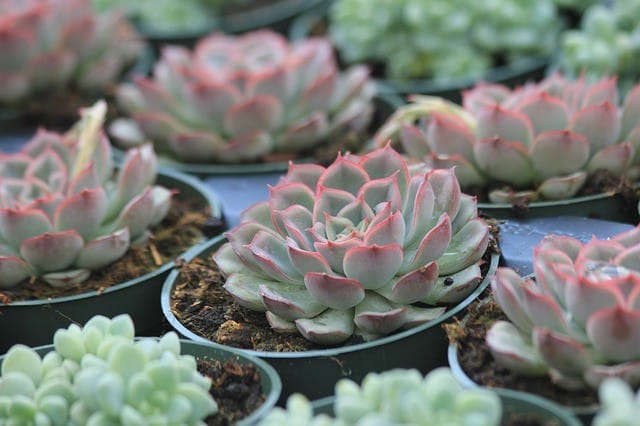
Picture via Pixabay
Air plants are low-maintenance and easy to keep, making it ideal for many people. The succulents can be used in a variety of spaces to provide a beautiful look and feel to the house. These plants have various colors, though the dominant color is green. Some of these succulents come in bright red color, violet, purple and deep red. These colors can change depending on the amount of sunlight, as well as their lifecycle. After purchasing the air plants, you can display than in diverse ways, including hanging them from the ceiling or on branches of larger house plants. You can arrange them in different parts of the house, provided they have the support to continue growing.
Growing air plant succulents
Air plants do not need soil for them to grow, thus known as epiphytes. Their roots are suspended in the air with the role of attacking themselves on other objects for stability. Growing these plants, therefore, requires that you soak them in a water container then allow them to dry completely. Once dry, place them in a container and allow them to grow by ensuring a perfect environment with moisture, temperature, and humidity. The air plant succulents can grow indoors or outdoors but suspended in the air. You have to understand how to plant and grow them, whether as lone plants or with a mixture of other succulents.
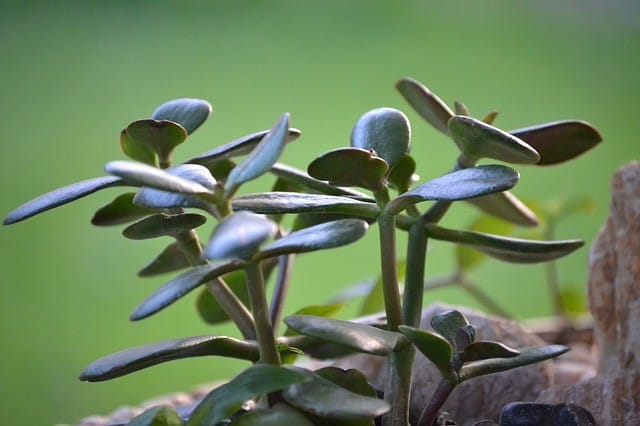
Picture via Pixabay
Air plant maintenance
The air plants do not need the soil of any kind for them to grow, which makes it easy to maintain. At the same time, these plants are naturally tough and enduring, which makes it easy to care for them compared to other succulents. The maintenance of air plant succulents entails ensuring adequate sunlight, occasional watering, and average humidity. These plants are easily damaged by frosts or freezes, and thus can be maintained better when these components are maintained in the right balance.
Air plants need the circulation of air to grow, which means they will not survive in enclosed vessels or stagnant conditions. If you have to put the succulents in a vessel, ensure you choose one that has a wide hole such as a fishbowl, to allow for air circulation at the same time. Air plants can operate in a variety of temperatures, though the drier the air, the more often you have to water.
Despite not requiring soil to grow, you will need to feed the air plants because they also get angry. Once in a while, you will need to add fertilizer to the water mix to provide them with nutrients for growth. Air plants need some water to have the right moisture for their leaves since they cannot get water from the soul. The best method is to soak them in a bowl of water for about 30 minutes, then allow them to dry before putting them to a container.
Air plants have to be dipped in water and soaked, they need to be dried to avoid rotting or dying. However, the good thing about air plants is that they do not need regular watering when compared to other succulents
Are your succulents dying? Do you need urgent help to keep them alive? Don’t worry! This ebook will solve the problems. I shared all my secrets related to how to water succulents with you.
Air plants need nothing more than sunlight to survive since they do not have soil to anchor their roots. These plants need light to survive, like any other succulent will. Therefore, always ensure you provide enough light, including direct sunlight for the air succulent plants as a way of maintenance. One of the greatest considerations in choosing a home for the air plants is how much sunlight it will receive to facilitate its growth.
At the same time, air plants thrive best when they dry out fully. Dampness is the main foe of any air plant with the risk of their cores rotting if they do not get to drain and dry out. Therefore, shake off any excess water and put the plants in a bright spot for at least four hours after watering them.
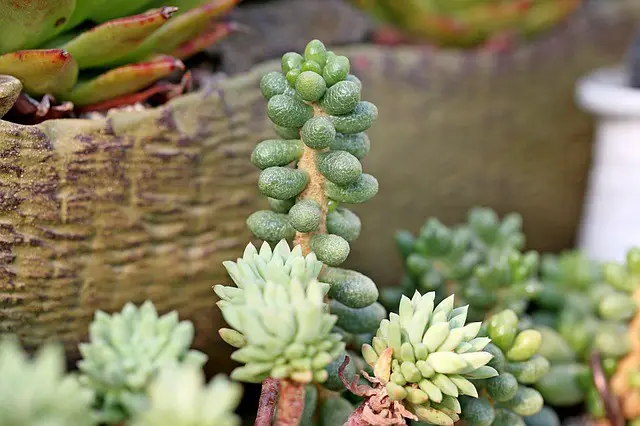
Picture via Pixabay
Over watering is the easiest way you can kill an air plant since too much water can affect their roots by causing them to rot. In this regard, ensure you locate the plants where water will not collect and rot the roots. Maintenance of these plants requires average humidity with the right temperature to prevent damping. However, the air plant species with smooth green leaves tend to need more moisture and humidity than those who are fuzzy and silvery xeric.

